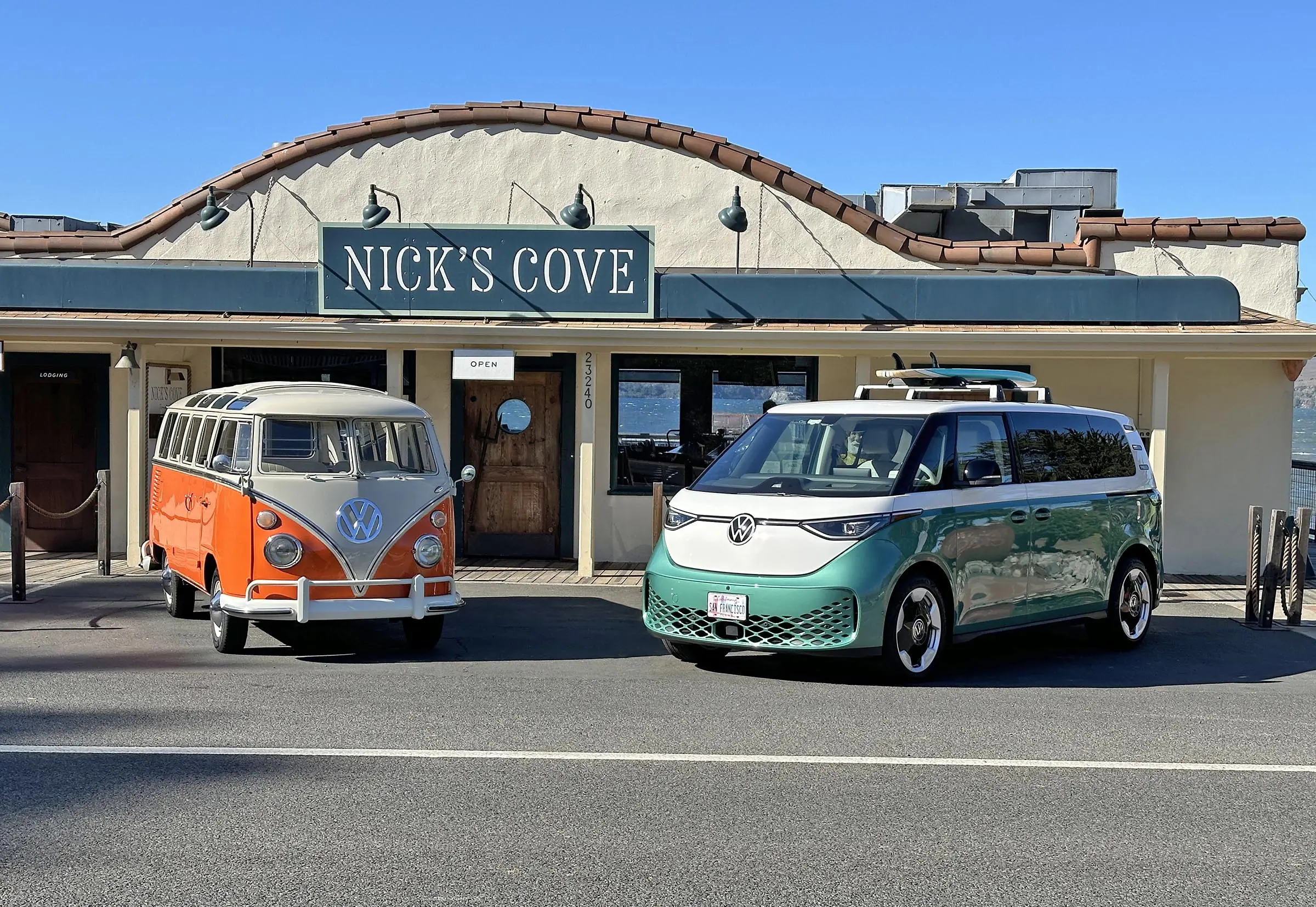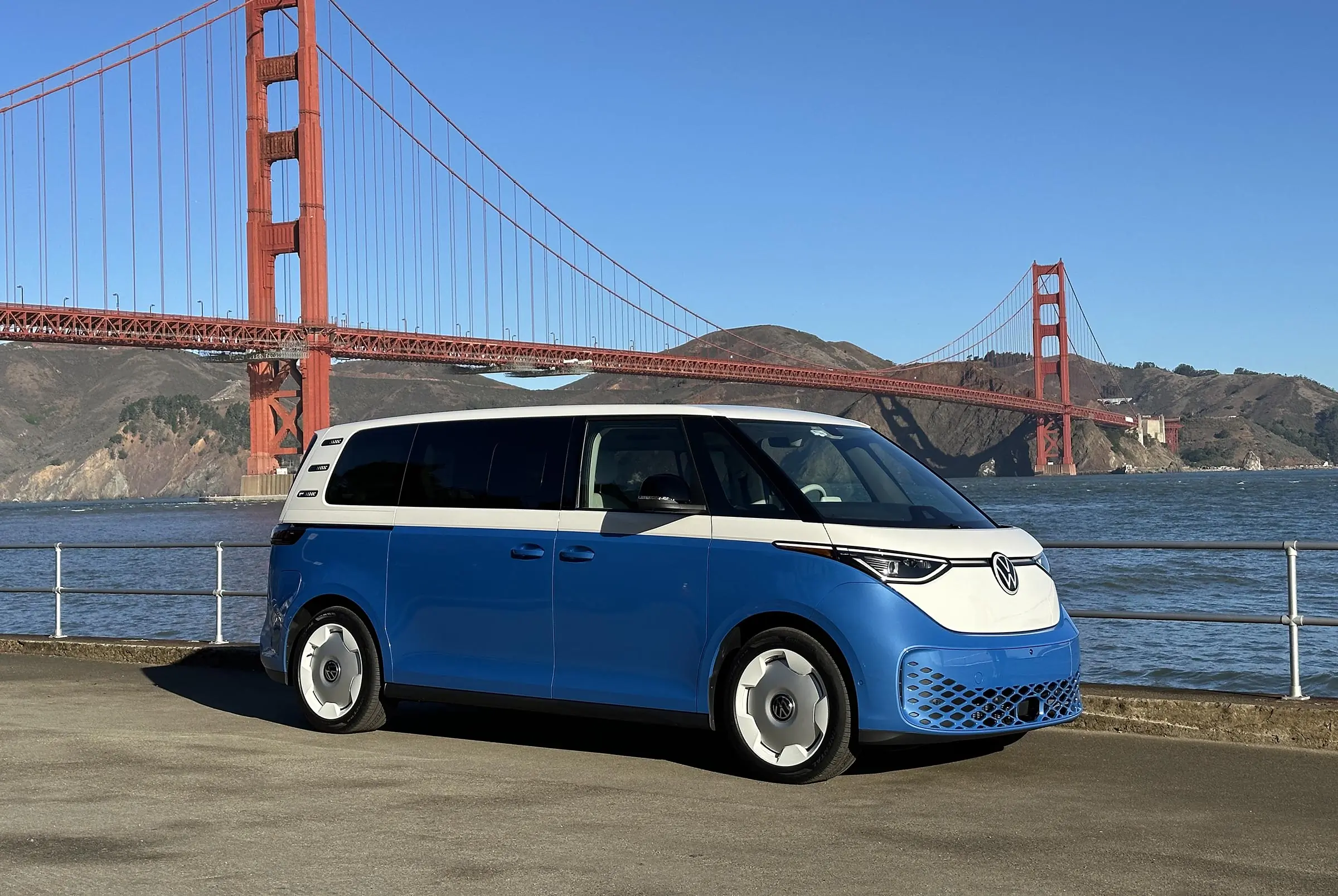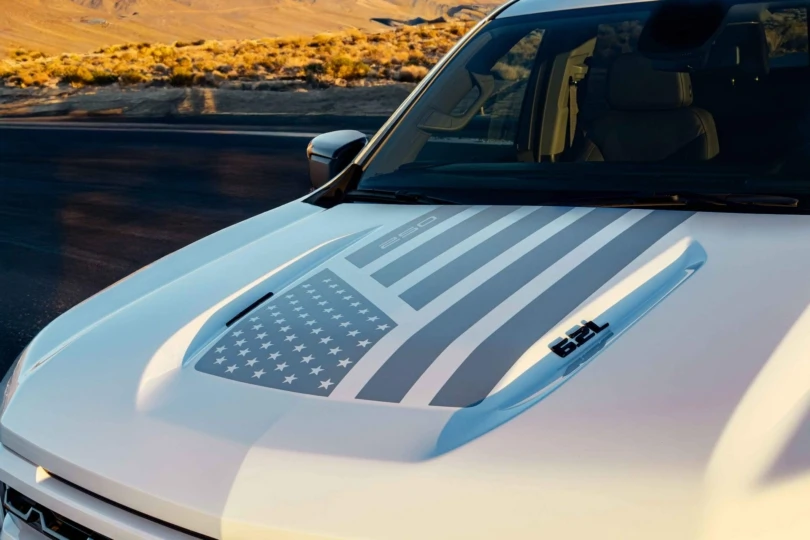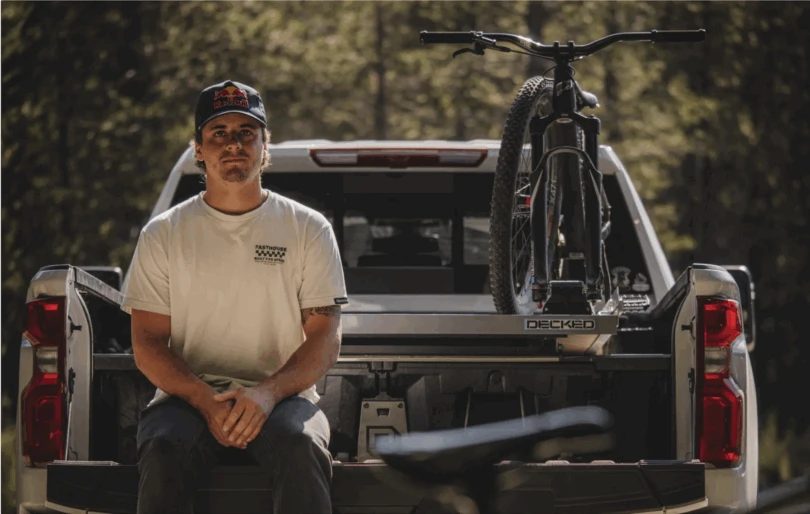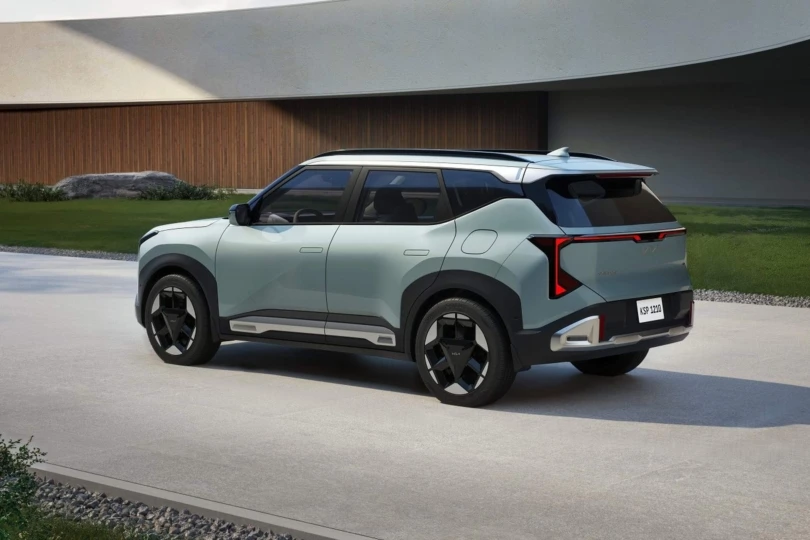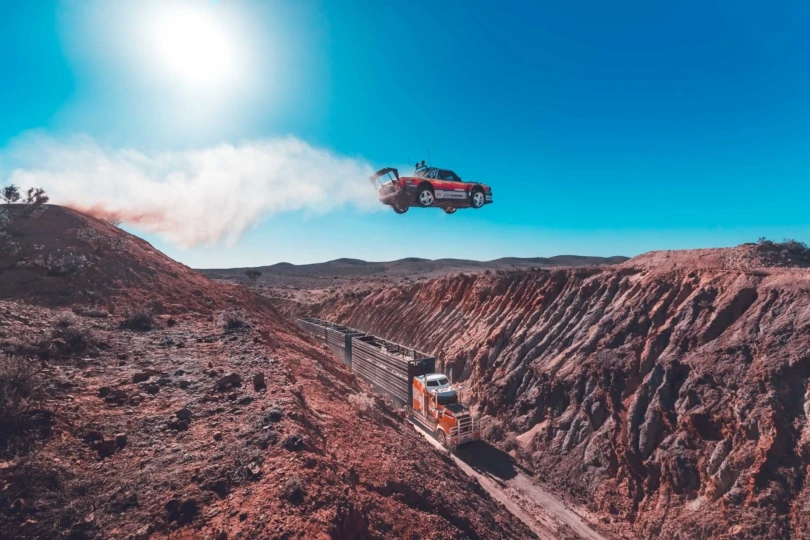Now, you can finally stop holding your breath. If you’re looking for an all-new version of the classic people-mover, the 2025 Volkswagen ID.Buzz is just getting ready to roll into U.S. showrooms.
The German automaker has done a surprisingly good job at picking up the classic Microbus design cues, starting with the blunt nose adorned with an oversized “VW” logo. And don’t let the new van’s relatively compact footprint fool you. The interior is surprisingly roomy.
But there are some notable differences, starting with Buzz’s all-electric drivetrain. And it’s no longer cheap transportation. After factoring in delivery fees, even the base model tops $60,000 — though it offers a lot of delightful features they couldn’t have even imagined during the Summer of Love.
In short: The 2025 VW ID.Buzz’s retro-futuristic looks are spot on; it’s got usable range and is surprisingly fun to drive. Creature comforts are impressive, and it’s big enough to throw a mattress in the back for some proper VW van camping.
- Drivetrain: Battery-electric w/single-speed transmission
- Performance: RWD – Single motor, 282 hp/234 lb.-ft. torque, 4Motion. AWD – Dual motor, 335 hp/231 lb.-ft. torque
- Battery pack: 91 kWh
- Range: RWD – 234 miles, AWD – 231 miles
- Seating: 3 rows, 7 or 8 passengers
Pros
- Head-turning retro-futuristic design
- Massive interior space
- Reasonable performance
- Oh so cool
Cons
- Expensive, though you get lots of nice features
- That battery pack is heavy
- The same, horrid window switches as the ID.4
2025 VW ID.Buzz Review
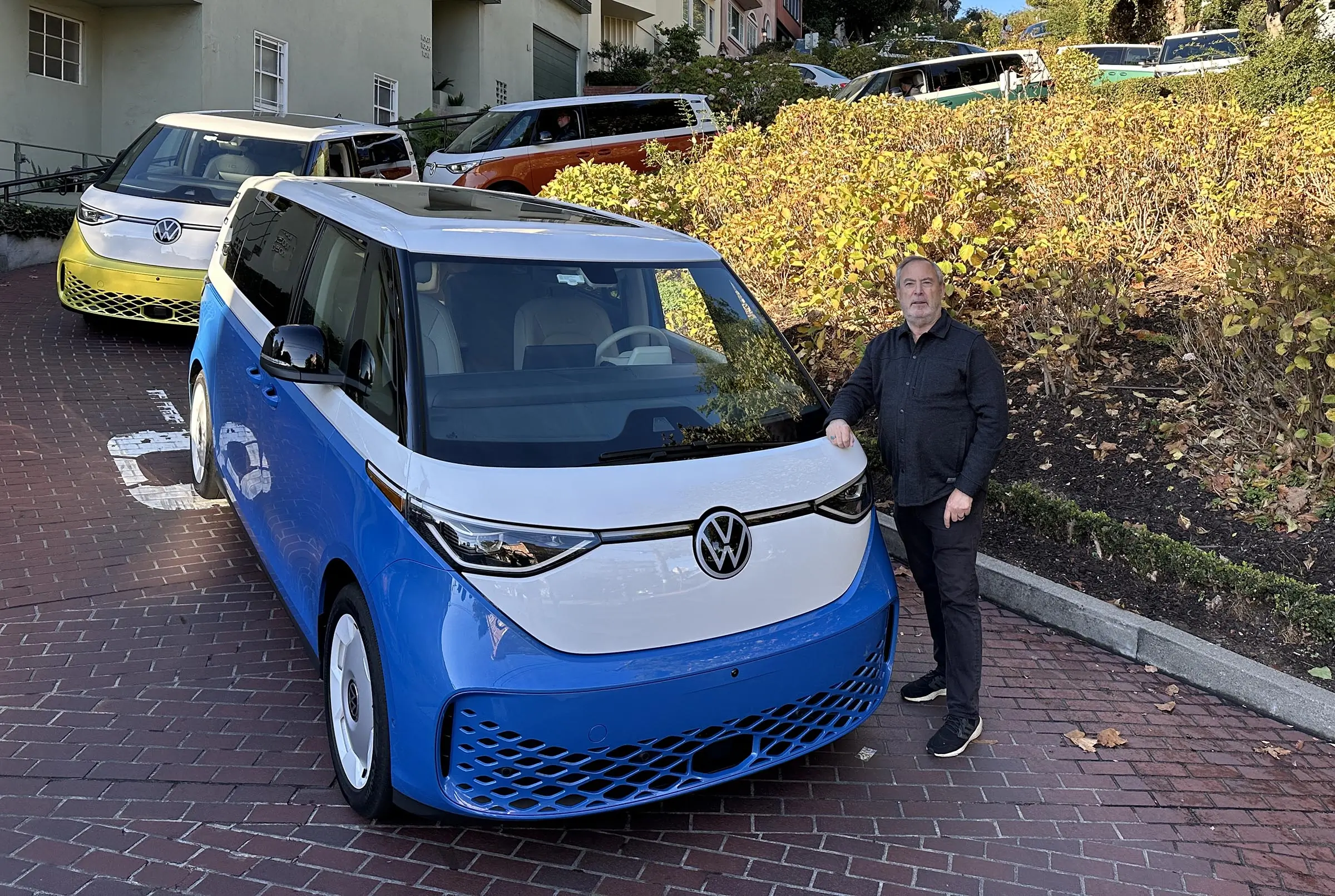
As a long-time automotive journalist — and an even longer-term fan of the original Volkswagen Microbus — I’ve lost count of how many times the automaker rolled out concepts proclaiming to be the successor to the classic people-mover.
It came oh so close back in 2011 with the gas-powered Bulli. But only with the debut of the all-electric 2016 BUDD-e did it finally seem like a revival was really going to happen. The 2017 ID.Buzz concept nailed it, and the public acclaim convinced Volkswagen to confirm production plans later that year.
By now, you might be wondering what happened. Well, the German automaker actually rolled out a production version nearly 2 years ago … in Europe. That version has a short wheelbase, a notably underpowered drivetrain with barely acceptable range, minimal creature comforts, and just two rows of seats.
So, while we’ve had to sit on our hands waiting for the true Microbus heir to cross the Atlantic, I suspect most potential buyers will find the wait well worth it. The American version of the 2025 Volkswagen ID.Buzz is a worthy successor.
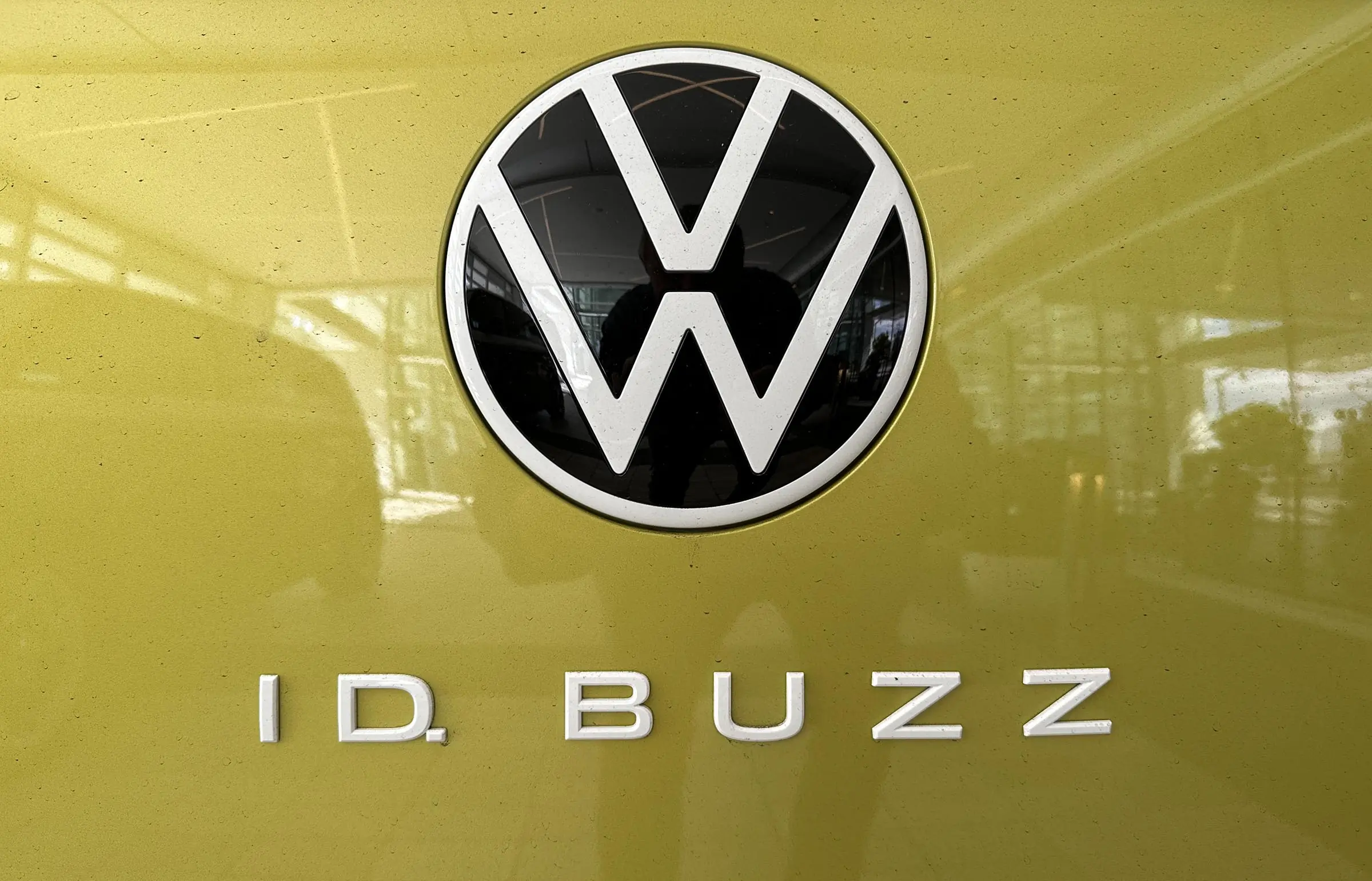
The retro-futuristic looks are spot on. It’s got a bigger battery pack, and even the base, rear-drive model is surprisingly fun to drive. There are creature comforts your hippie (grand)parents couldn’t have imagined. And there’s more than enough room to throw a mattress in the back should you want to relive past adventures.
Getting the Design Right




Volkswagen made a wise choice delaying the U.S. launch of the ID.Buzz. While the two-row European package did capture some of the classic Microbus design cues, it takes the third row to stretch the van out to its proper dimensions.
That said, at barely 195 inches, bumper-to-bumper, it’s 2 inches shorter than the all-electric Kia EV9, yet offers substantially more interior space. How much more? This will blow your mind, as they’d have said when the original Microbus was around: a full 146 cubic feet — which is more than what the 226-inch-long Chevrolet Suburban offers.
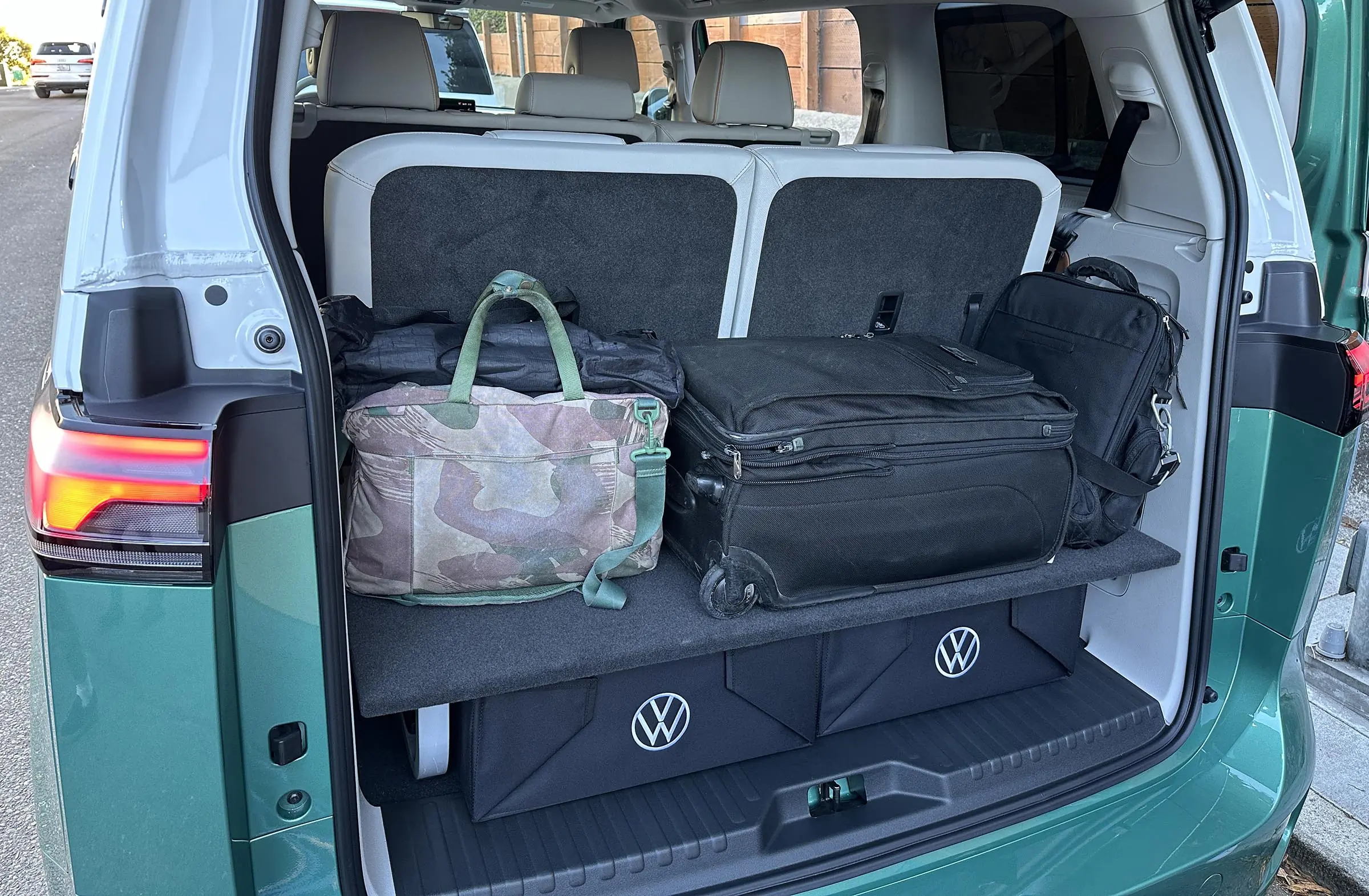



And, as I already noted, the Buzz is designed, like the original Microbus, to give owners plenty of flexibility. The rear bench is removable, for one thing, making it easy to turn this into a camper.
The exterior design can be thought of as retro-futuristic. VW stylists clearly wanted to offer a paean to the past with details such as the relatively flat nose and the overall shape of the Buzz. It adds modern details, like sliding doors, and, critically, the blunt face is designed to absorb crash forces, unlike the original which tended to fold up in a head-on crash. Of course, there are plenty of modern safety features, which I’ll get back to.
ID.Buzz Interior
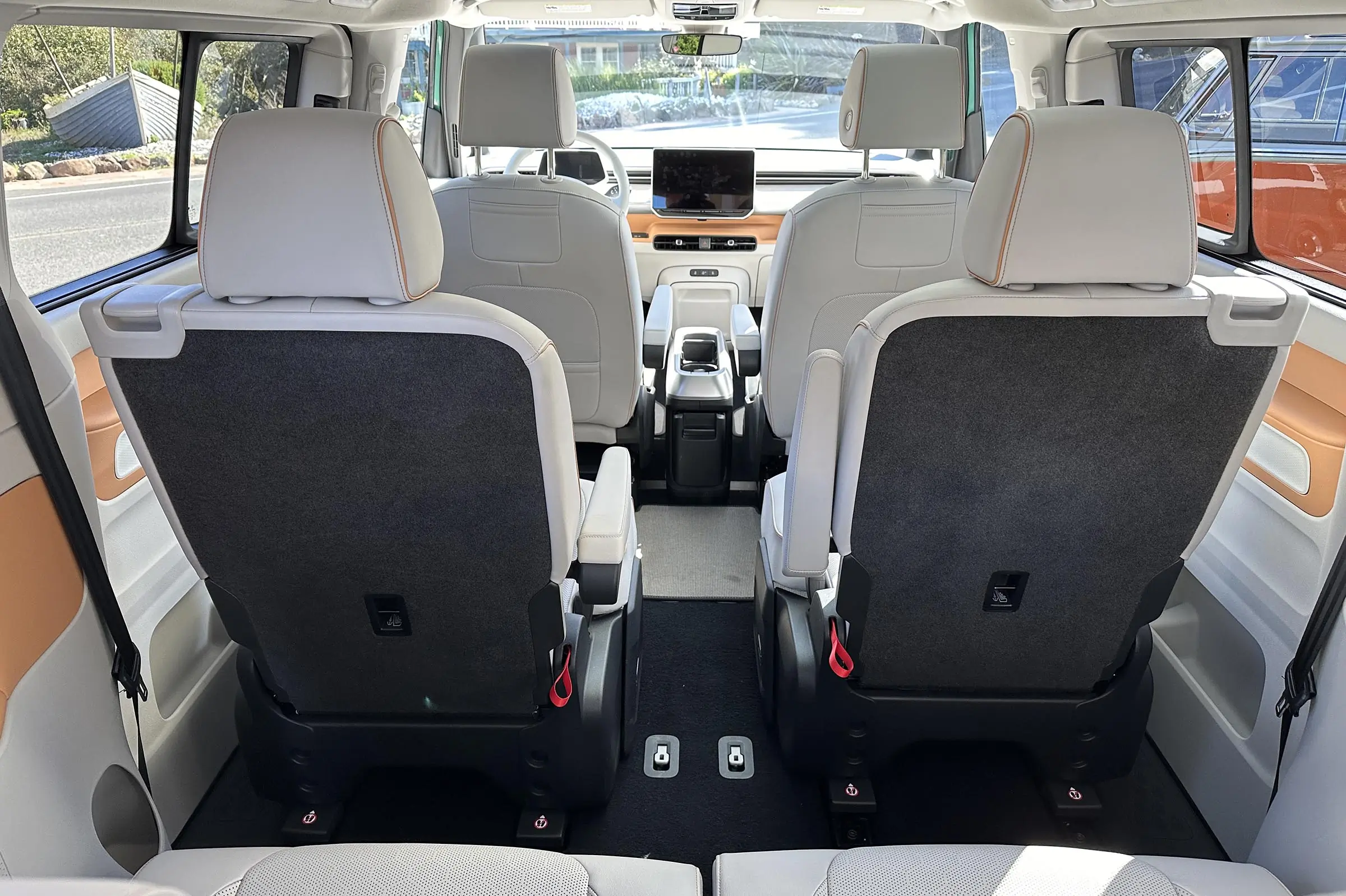



The cabin isn’t just roomy, it’s also visually appealing in a surprisingly non-Teutonic way. It’s almost Scandinavian in its open-aired simplicity. And buyers are certain to like the many storage niches built into the center console and doors, among other things.
Buzz does carry over many of the elements first seen in VW’s initial battery-electric ID.4. That includes the 5.3-inch digital gauge cluster that rides atop the steering wheel. Even the base model also gets an easy-to-read 12.9-inch infotainment touchscreen.
If there’s one thing I’d hoped Volkswagen would have rejected from the ID.4 toolbox, it’s the absurd controller used for the power windows. It features just two buttons, as well as a third control to switch between front and rear windows. I have found no one who’s driven in the older EV who felt this approach was more effective — far from it. And, the sideview mirror controls are equally dysfunctional.




Powertrain
The decision to go with only a three-row model for the U.S. was clearly sound. So was offering a more gutsy drivetrain with a larger battery pack.
That said, at a maximum 234 miles per charge for the rear-wheel-drive Buzz, some potential buyers are going to experience range anxiety and shy away. However, as an EV owner myself, that really will be more than enough for most owners, especially if they have a home Level 2 charger.
The single-motor package puts power to the rear wheels, just like the original Microbus. Output is 282 horsepower and 234 pound-feet of torque.
The upgrade, a twin-motor 4Motion all-wheel-drive system, is available on all but the base trim package and bumps horsepower to 335, though torque drops to 231 pound-feet. And, yes, that’s not a typo. I’ve yet to get a full explanation from Volkswagen engineers.




Van Charging
Buzz can handle up to 200 kW from a public quick charger and, where that’s available, should take you from a 10% state-of-charge to 80% in 26 minutes, VW claims. Expect the 91kWh lithium-ion pack to take 8 hours or more when fully drained using a 240V home charger.
One perk VW has announced: ID.Buzz buyers will get 500 kWh of free energy when using the Electrify America charging network (which the automaker owns).
At launch, Buzz will come with the widely used CCS charging port. VW, like virtually all competitors in the U.S., recently inked a deal with Tesla, allowing its EV buyers to plug into the widely available Supercharger network. The German maker plans to ship adaptors to ID.Buzz owners sometime in 2025 and will switch to Tesla’s NACS charging port at a “later” date.
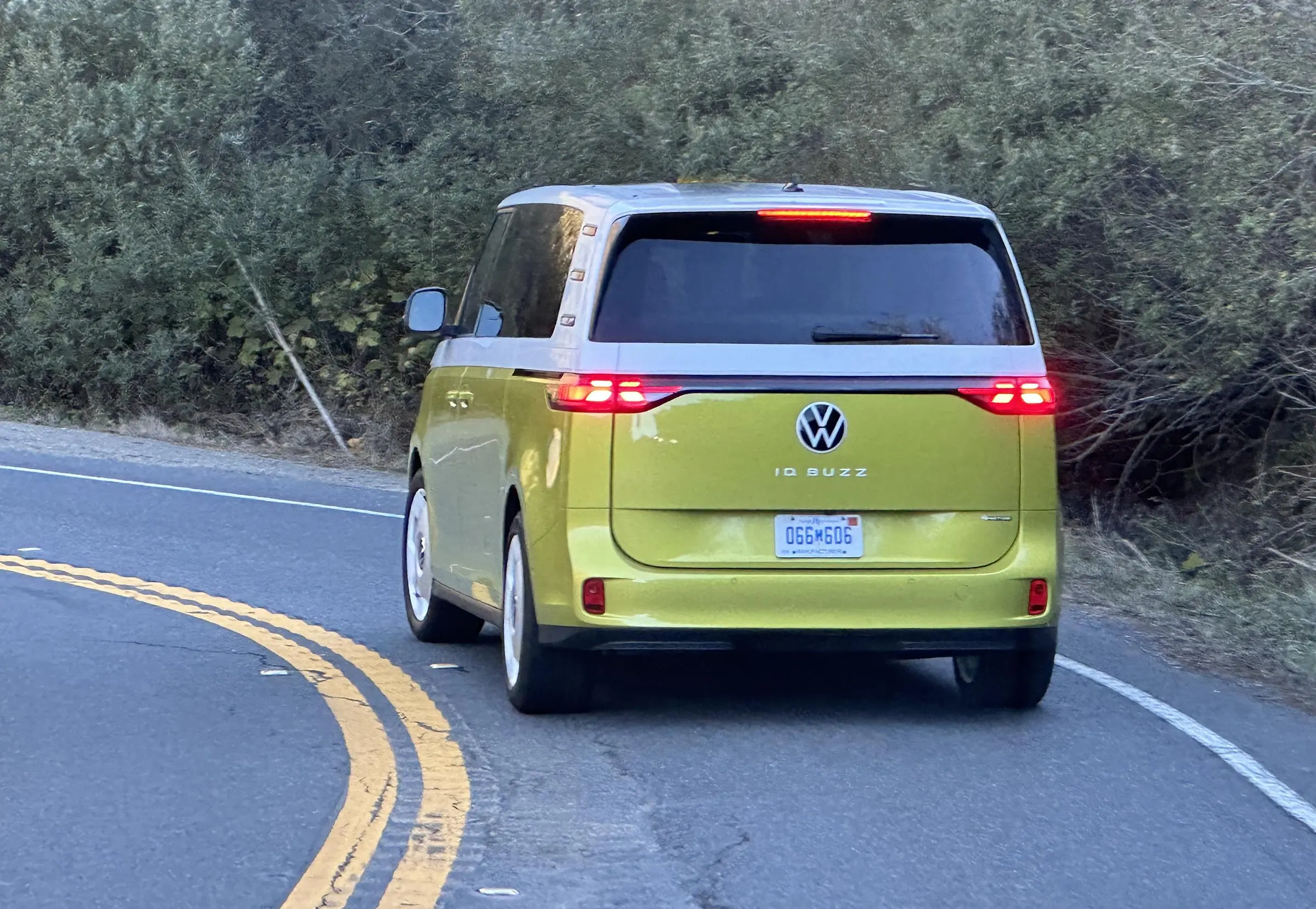



ID.Buzz Driving Impressions
I decided to focus on the single-motor version of the EV, staying closer to what I used to experience driving the old Volkswagen Microbus. But it was an entirely different experience. And that’s a very good thing.
That old hippie van was a handful to drive, slow, sloppy and far more fun in memory than reality. Not so the ID.Buzz.
My route began on the hilly streets of San Francisco before taking the Golden Gate Bridge over to Marin, logging some miles on the divided section of US 101. As with the ID.4, Buzz’s electric motor delivers plenty of instant torque, more than enough to handle the steep San Francisco streets and then to merge and make fast passes on the freeway.
The next part of the trip had us getting off on California 1, and this is one of the more challenging sections of the Pacific Coast Highway, with plenty of hills and tight, often blind, curves. Considering driver and passengers sit even higher up than in a Chevy Suburban, the ID.Buzz suffers surprisingly little body roll, even in aggressive cornering. Blame or credit, as you will, that big battery pack. It translates into a surprisingly low center of gravity, considering the van’s overall shape.
There is a trade-off; however, the suspension was clearly tuned for stability on freeways and windy roads. It’s a bit stiff on rough pavement, however. But I find the trade-off well worth it.
I also appreciated the steering setup. It may offer a little less boost than some Americans would like, but I found it responsive and predictable, while offering just enough road feel.
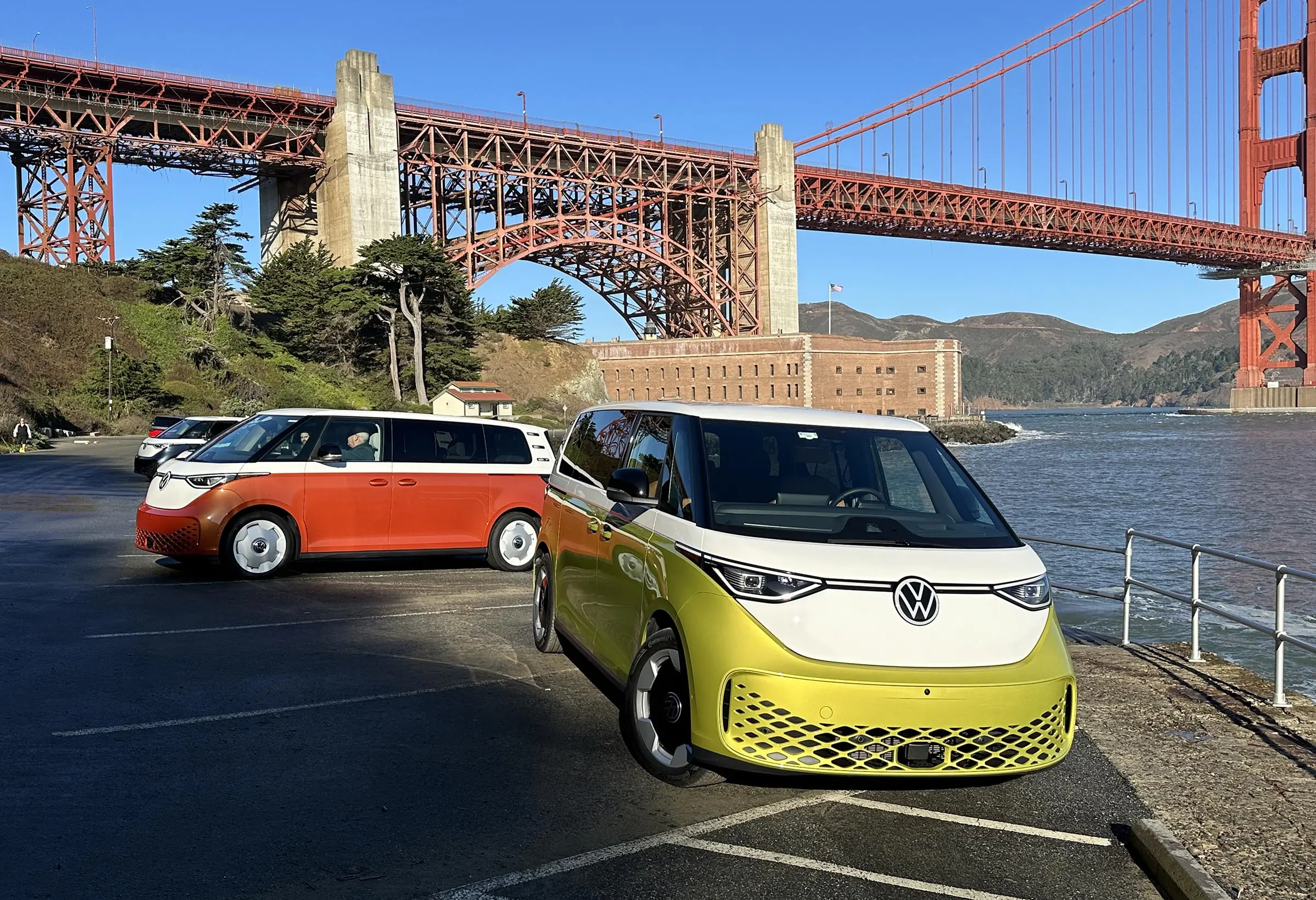



Technology, Safety, and Creature Comforts
Even the base ID.Buzz Pro S package comes with a surprising number of desirable features, including front heated, cooled, and massaging seats. Buyers also get welcome tech touches such as eight USB ports and keyless entry.
And, note, the van doesn’t feature a start button. Like ID.4, it automatically fires up as soon as a driver buckles up.
VW, meanwhile, has integrated an AI system into Buzz’s smartphone app to make it easier to ask questions, say, when an inscrutable IP warning light triggers.
Other features, such as the power tailgate and an upgraded Harman Kardon audio package are offered, either standard or as options, on the higher trim packages. One of my favorites: an electrochromic panoramic roof. It goes from transparent to opaque with a simple button tap. It’s the first time VW is offering that technology in the U.S.
Another plus: a retractable trailer hitch that doesn’t spoil Buzz’s lines.
Considering there’ll be plenty of family buyers, Buzz comes standard with an extensive array of IQ.Drive advanced driver assistance systems. That includes front emergency auto-braking, rear traffic alert, and active cruise control. Other features, such as a head-up display and road sign recognition, are options.
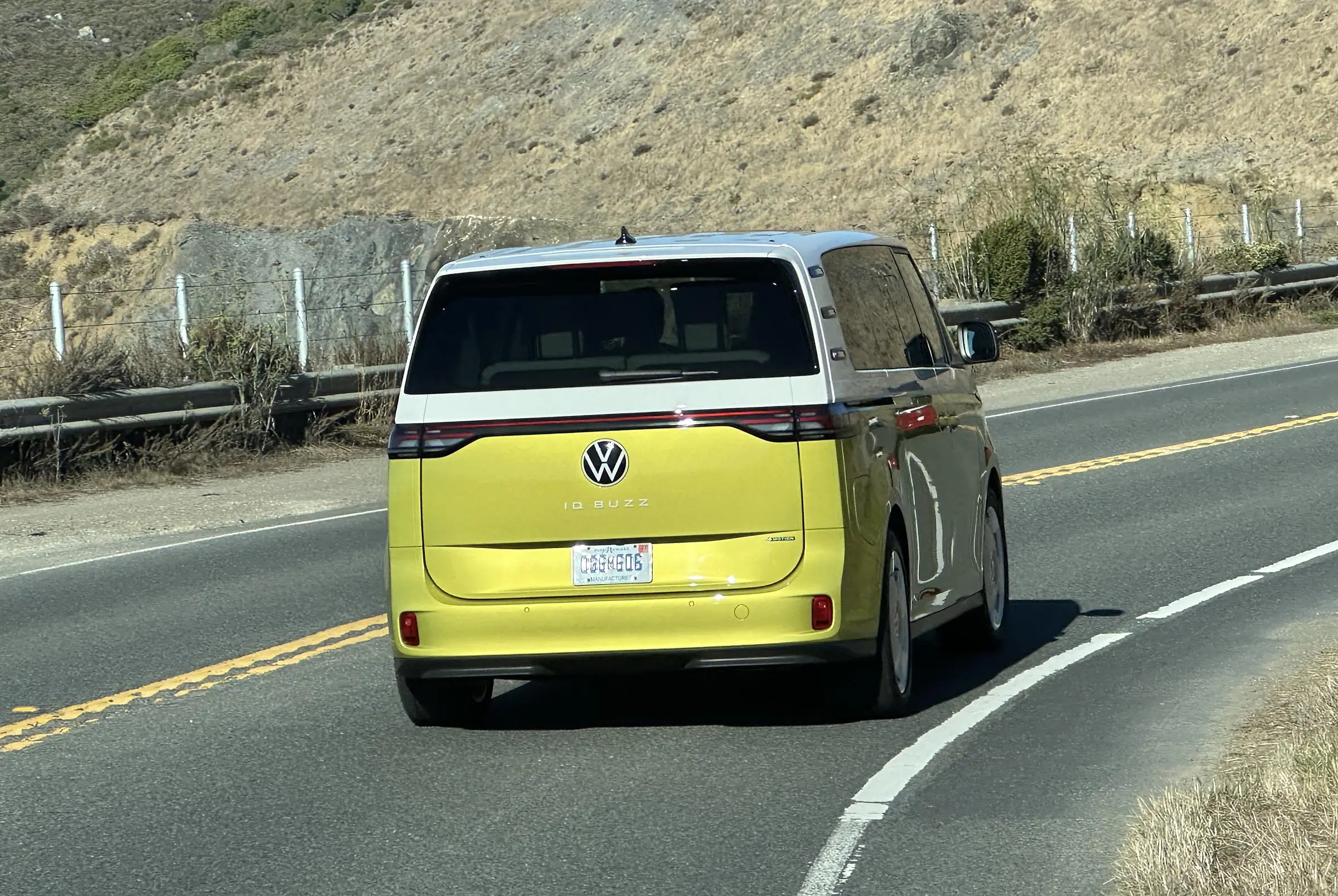



VW ID.Buzz Pricing
One thing VW officials won’t discuss: sales targets, though they acknowledge the 2025 ID.Buzz isn’t going to deliver Tesla-level volumes. And there’s good reason for that, at least from a price perspective:
- The base 2025 Volkswagen ID.Buzz Pro S starts at $59,995 and comes solely with rear-wheel-drive.
- The Pro S Plus package adds more standard features and jumps to $63,495 in RWD, $67,995 for the 4Motion package.
- The limited-run Buzz 1st Edition adds plenty more hard and software features and comes in at $65,495 for RWD, $69,995 for AWD.
Add $1,550 for delivery fees to all those numbers.
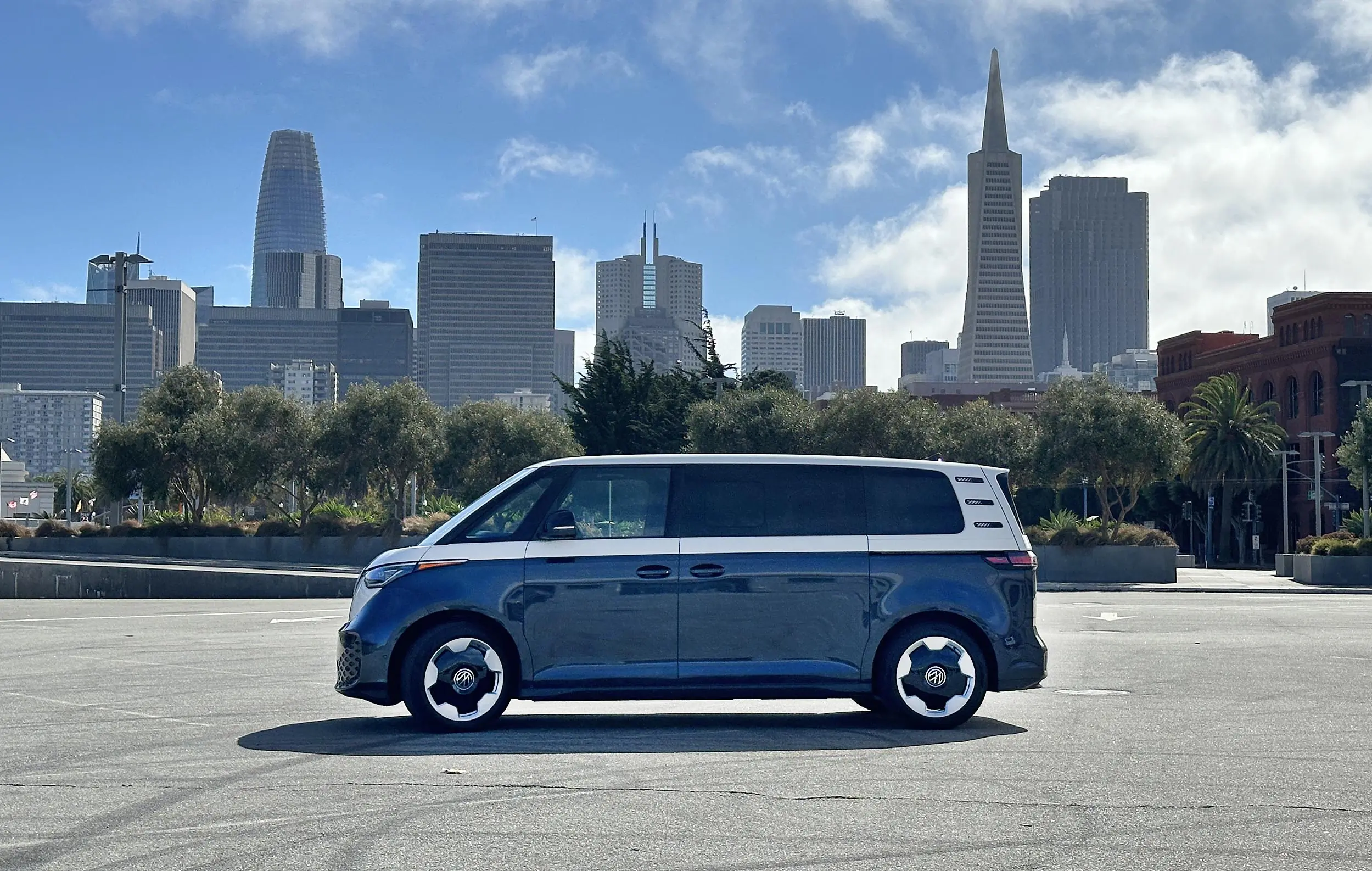



2025 Volkswagen ID.Buzz Review: Final Word
It’s been a long time — a very, very long time — waiting for a worthy successor to the iconic Volkswagen Microbus. Many of us who were young hippies in the day are now grandparents. VW tried repeatedly to come up with the right formula for a successor — and the Bulli came close — but it was the right decision to hold on until a battery-electric model was possible.
The 2025 Volkswagen ID.Buzz turned heads wherever I drove it. And, it certainly had me smiling during my 2 days behind the wheel. Yes, I’d love to see the automaker fix those goofy window and mirror controls, but there’s surprisingly little else to complain about.
I typically measure the merits of a test vehicle by how I feel when it comes time to turn back the keys. Frankly, I’d have liked to log a lot more time in the modern Microbus reincarnation and can’t wait for a chance to collect one for a full week’s test drive.
Pricing will certainly limit demand. But I expect plenty of folks with deep enough pockets will be lining up to take delivery.
